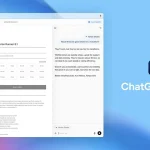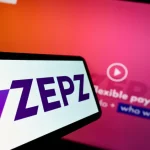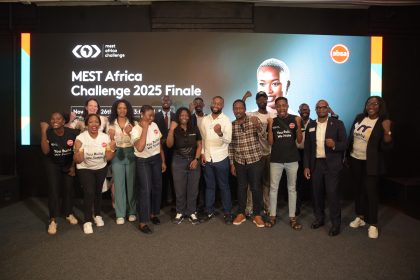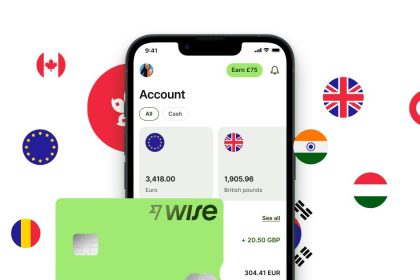The GSMA, in partnership with six of Africa’s largest mobile operators — Airtel, Axian Telecom, Ethio Telecom, MTN, Orange, and Vodacom — has proposed a baseline set of minimum requirements for affordable entry-level 4G smartphones.
The move, part of the GSMA Handset Affordability Coalition, aims to drive digital inclusion by lowering the cost of smartphone ownership for millions of Africans still offline.
The announcement was made at the MWC Kigali 2025 event.
Why it matters
Smartphone affordability remains the biggest barrier to mobile internet adoption in Sub-Saharan Africa.
According to the GSMA’s State of Mobile Internet Connectivity 2025 Report:
- Over 3 billion people globally live within mobile broadband coverage but do not use the internet.
- Affordability is the top challenge.
- A $40 smartphone could connect an additional 20 million people in Sub-Saharan Africa.
- A $30 handset could bring online as many as 50 million.
The details
The GSMA’s proposed standards include baseline specs for memory, RAM, camera quality, display size, battery life, and other essential features — ensuring that low-cost devices still deliver a sustainable 4G experience.
“Access to a smartphone is not a luxury – it is a lifeline to essential services, income opportunities, and participation in the digital economy,” — Vivek Badrinath, Director General, GSMA.
Badrinath added that the initiative sends a “powerful signal” to manufacturers and policymakers to make affordable connectivity a shared priority.
What’s next
In the coming months, the GSMA will consult with OEMs and tech companies to refine the minimum requirements and build industry alignment around affordable 4G devices.
At the same time, the coalition is calling on African governments to:
- Remove taxes on entry-level smartphones priced below $100,
- Reduce VAT and import duties, which in some countries raise prices by over 30%.
South Africa has already implemented such tax reforms this year — a move the GSMA hopes others will emulate.
The bigger picture
Expanding mobile internet access fuels education, healthcare, financial services, and e-commerce, and is directly tied to poverty reduction.
Closing the digital gap in low- and middle-income countries between 2023 and 2030 could generate $3.5 trillion in additional GDP, according to GSMA research.
The GSMA and its coalition members believe that affordable smartphones are the foundation of that opportunity.










